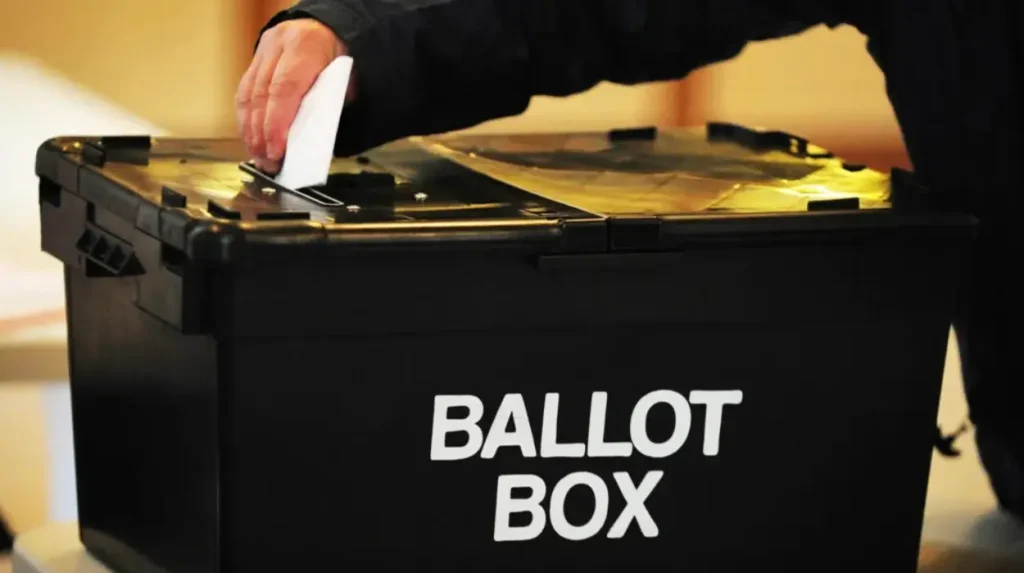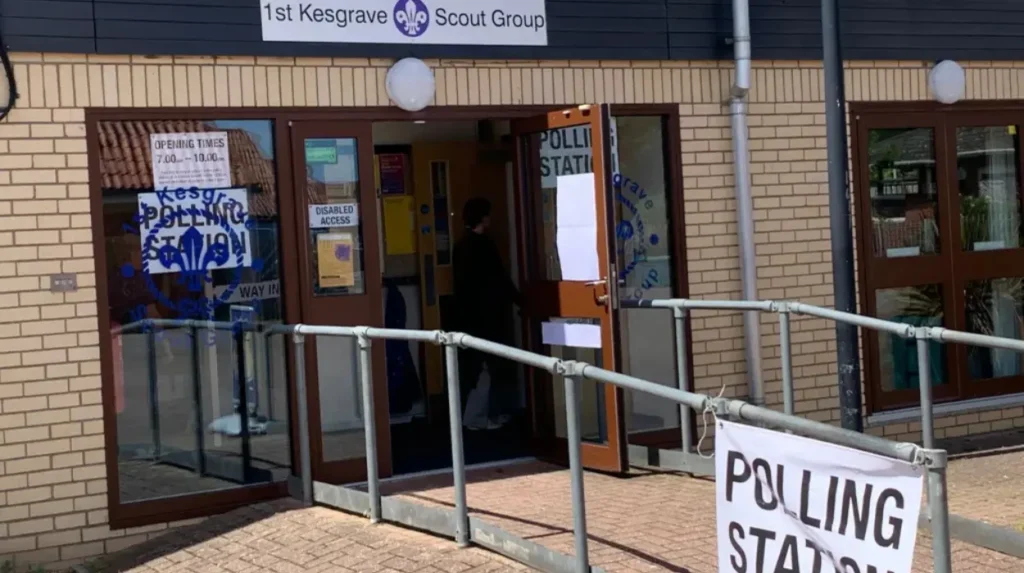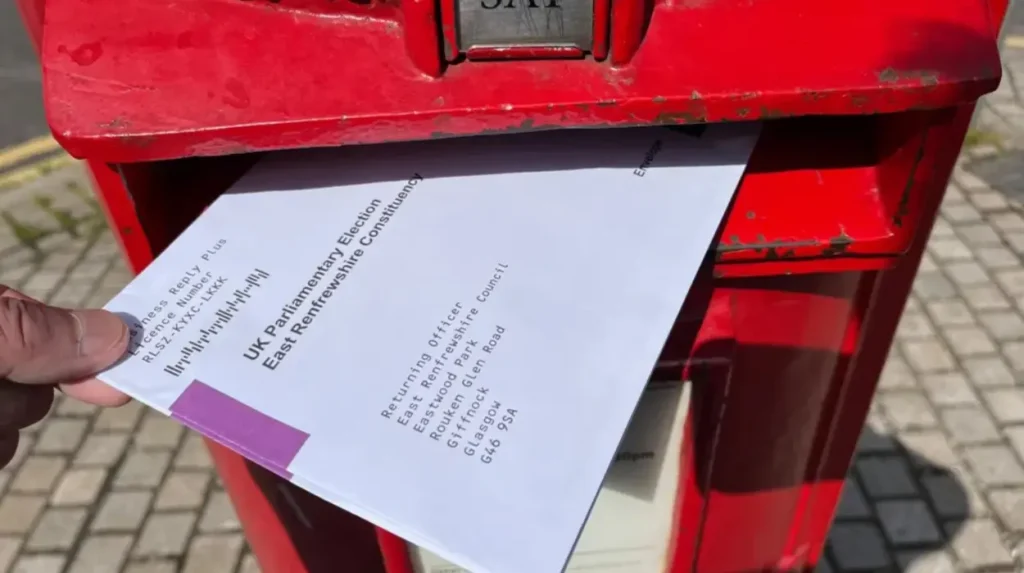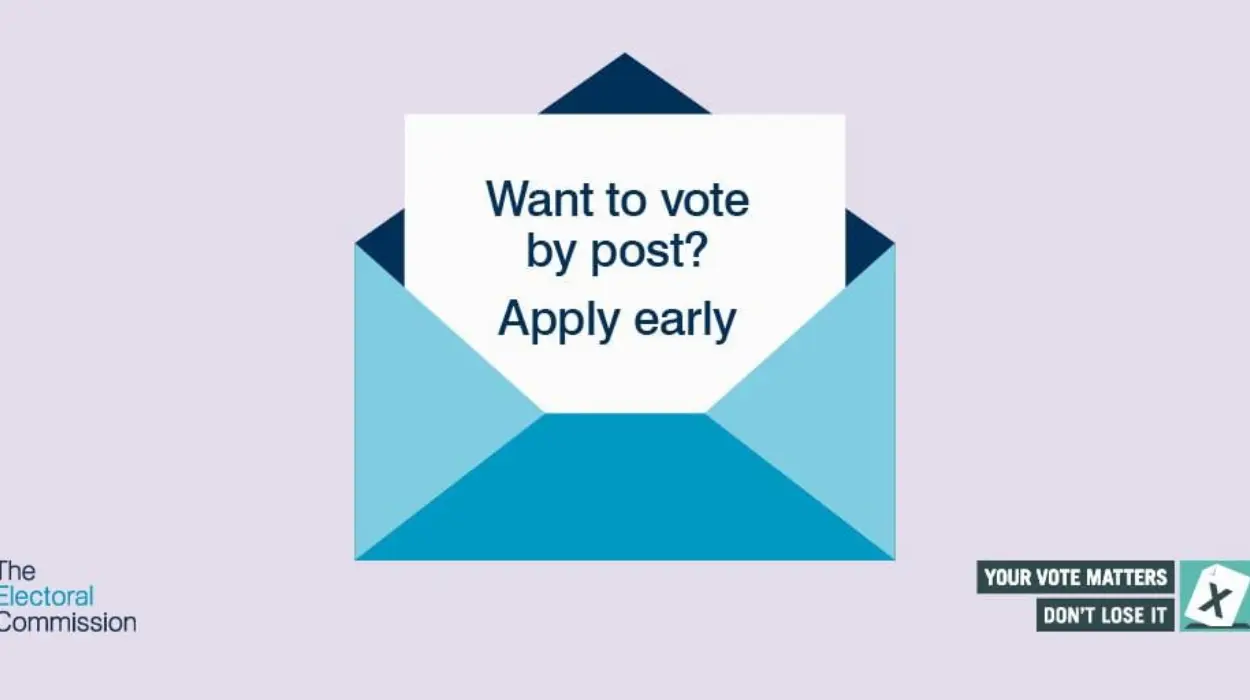In the UK, postal voting enables voting by post, as opposed to physically going to a polling station. Postal voting allows anyone who is away from home, older people and others that find it difficult to move around, as well as simply anybody that may want to vote from their home. By knowing the postal voting application process to register to vote by post, you will help yourself vote on time, safely, securely, and in future elections. This article’s step-by-step guide describes the procedures involved, starting from registration for postal voting with all its eligibility to deadlines, completing, and returning your postal vote.
Understanding Postal Voting in the UK
Postal voting allows you to vote while the ballot papers are sent to you by post, and you send your vote back by post. Your local Electoral Registration Office handles your registration and postal voting application. Once you are registered, you have the right to apply for a postal vote for one election only, for your name, or for life. Moreover, postal voting is a provision made for persons who cannot attend polling stations for one reason or another and still get their democratic voice heard.

Who Can Apply for a Postal Vote?
Postal voting in the UK is available to most registered voters:
- People listed on the UK’s electoral register
- Citizens of the UK temporarily living abroad but registered as overseas voters
- Students or workers who are temporarily living away from home during an election
- Anyone who has health or mobility conditions preventing them from going to polling stations.
You also have to be registered before you can apply for a postal vote. You need to be registered; if you haven’t registered before you apply for a postal vote, you will need to go through the registration process first.
Why Use Postal Voting?
Many voters prefer to postal vote as it offers flexibility as compared to the restrictions of polling station voting. Postal voting allows you to take your time to read the ballot paper, consider your choices, and send back your vote when you are ready, but not past the electoral deadline. Postal voting takes away the requirement to attend a polling station on a fixed specific date, so the convenience of postal voting is mostly beneficial to people who find it difficult to vote because they are away from home with work commitments, or people who travel a lot, or those who reside in rural areas of the UK.

Step 1: Ensure You Are Registered to Vote
You can’t apply for a postal vote before you register to vote in the UK, posters.
- You can register to vote online through the UK government website.
- Details required include National Insurance number, birth date, and address.
- It does require just a few minutes to complete at any time before the registration deadline.
Being on the electoral roll will allow you to vote; the number is affected favorably by being on the roll, as it helps verify your identity with financial institutions.
Step 2: Ask for an application form for a postal vote
You can request the postal vote application form from your local Electoral Registration office.
- Most councils put the postal form on their website for you to download.
- You can ask the local council to send you a postal vote application form by telephone or email.
- Once you have the application form, fill it in carefully with your correct personal details to avoid delays or outright rejection.
Step 3: Filling in the Postal Vote Application
Filling out your postal vote application from the following information:
- You must provide your full name and the address at which you are registered to vote.
- Your date of birth.
- Your signature, which will be used to confirm your identity when you return your voting paper.
- You must provide the address you want your postal ballot sent to if it is different from your registered address.
Make sure you have completed all the sections clearly – if any blank details are missing then your application could be delayed or not processed.
Step 4: Submitting Your Application
Once you have filled in your application form, you must send your application to your local Electoral Registration Office.
- You can send your application by post or take it to the office in person.
- Some council areas will enable a scanned application form to be sent via e-mail, so check what the rules for your local authority are.
- Importantly, ensure that your application form is received at the office before the deadline for applications, which is usually 11 working days before the election day.
Applications received after the deadline will not be processed, so it is advisable to make your application as soon as possible.

Step 5: Receiving Your Postal Voting Ballot Paper Pack
If your application is successful, you will be sent your postal voting ballot paper pack before the election day. Your pack will contain:
- Your ballot paper
- A postal voting statement for verification
- An envelope for the return of your vote
- Instructions for how to complete your vote and how to return it
You will receive the postal pack when the candidates have been confirmed for the election, which will determine how soon your postal ballot pack arrives.
Step 6: Completing Your Postal Vote
When filling out your ballot paper:
- Mark your vote plainly as instructed.
- Do not write anything else on your ballot.
- Complete the postal voting statement, paying attention to your date of birth and your signature
Follow the instructions carefully so your vote is not invalidated by mistake
The ballot paper is personal, like a secret document; treat it accordingly and keep it safely until you are to post it.
Step 7: Return your postal vote
Put the registered post ballot paper and postal voting statement into the envelopes you received and return them as instructed.
- You can post the ballot paper through any Royal Mail post box.
- It must get to your local Electoral Registration Office by 10pm on Election Day.
- If you have missed the postal deadline, you can hand-deliver your completed postal vote at your polling station on Election Day.
You are reminded to post your vote as quickly as you can to avoid postal delays.


